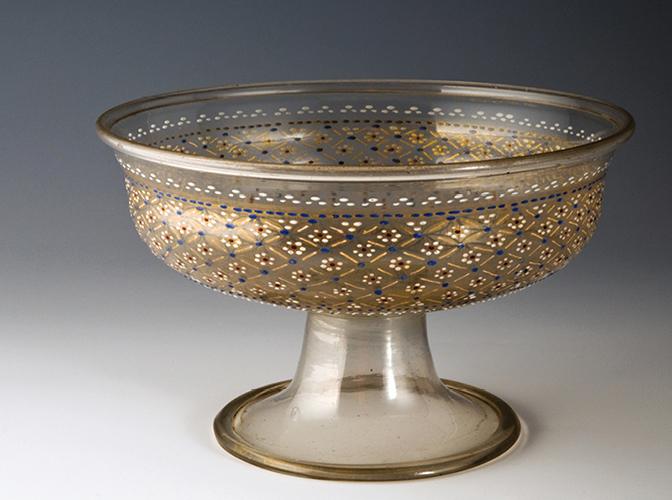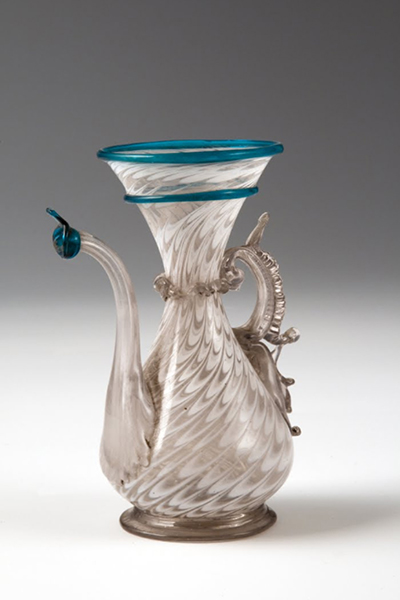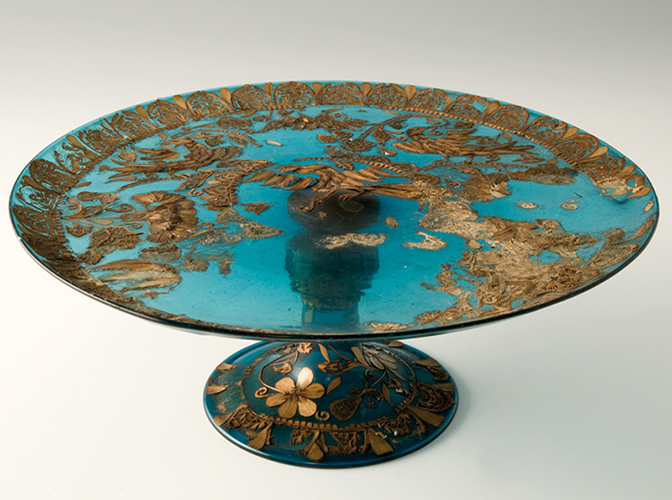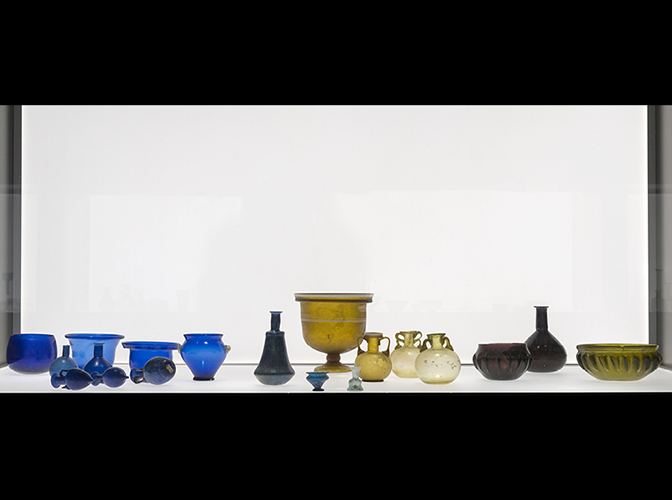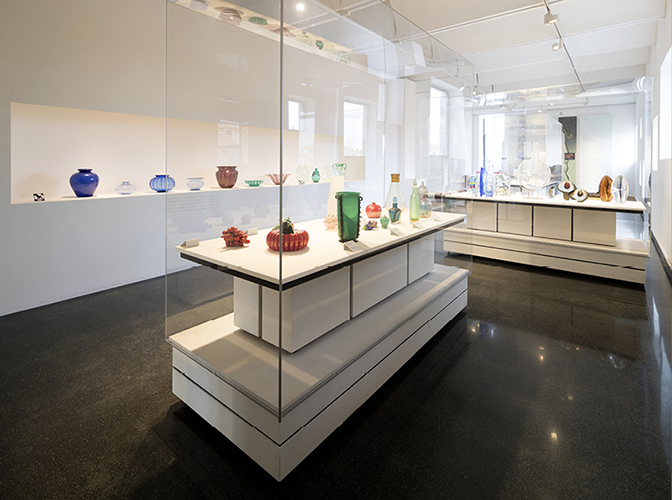Glass Museum
Venice Civic Museums Foundation (MUVE)

Vincenzo Zanetti, in 1862, also established a school, annexed to the Museum, which on holidays the glassmakers attended studying not only drawing, but also the models of blown glass in the past and preserved there.
After the annexation of Murano to the Municipality of Venice, in 1923, the Glass Museum became part of the Civic Museums of Venice; its collections were, in fact, subject to a reorganization, curated in 1932 on the basis of more modern exhibition criteria by Giulio Lorenzetti and Nino Barbantini and were increased by the addition of glass from the Correr, Cicogna and Molin collections, which include, among other things, the most beautiful Renaissance pieces in the Museum. Subsequently, the deposits of the Archaeological Superintendence made it possible to establish the archaeological section, of which the most prestigious elements are the glass from the Dalmatian centers of Jadera, Aenona and Asseria, today’s Zadar, Nona and Asseria. Even today, the Museum’s collections, as well as through purchases, are increased by donations from the island’s kilns, which enrich above all the contemporary collection.
Opening hours
Opening hours
From 01 April to 31 October: 10.00 am – 6.00 pm (last admission at 5.00 pm)
Closing operations of the museum begins 20 minutes before the indicated time
Info and ticket purchase
Info and ticket purchase Call center: 848082000 (within Italy); +39 041 42730892 (from abroad), active from Monday to Friday from 09:00 to 16:00, on Saturdays and Sundays from 09:00 to 13:00.
https://museovetro.visitmuve.it/it/contattaci/
Contacts
museo.vetro@fmcvenezia.it
Biglietteria
+39 041 2434914
Address
Fondamenta Giustinian 8, 30141 Murano
GLASS OF MURANO
The Government of the Republic immediately recognized the potential importance of the thriving glass industry, and acted to protect and promote it. Between the 12th and 13th centuries, the expanding Republic of Venice negotiated free trade agreements and established protected trade colonies throughout the Mediterranean, the Holy Land, and the East. The glass trade was rapid and in the year 1271 the Grand Councillor acted to protect the glass industry domestically, prohibiting the import of foreign glass into Venice and prohibiting foreign glassmakers from working within the city. Only 20 years later, an ordinance was issued that obliged the transfer of all the furnaces in the city to the island of Murano.
It is often stated that the reason for the move was the most obvious one of preventing fires in the populous city center, but it is certain that the ease of keeping trade secrets is also greater when everyone who knows about it is concentrated on an island in a lagoon.
The transfer of all the furnaces to the island of Murano in 1291 created, 500 years before the Industrial Revolution in Europe, the first industrial zone in the world. While Murano glass is a luxury product today, for several cents Murano has maintained a monopoly on the production of commercial glass in Europe.
The imposition of the transfer of the furnaces to Murano, and therefore also that of the glassmakers and their respective families, was accompanied by a series of incentives and at the same time restrictions instituted by the Republic of Venice. The master glassmakers achieved a high social status, well above that of other craftsmen of the time. The daughters of the Masters of Glass were allowed to marry the Venetian nobility. Master glassmakers were also allowed to carry a sword and enjoyed immunity from prosecution. These were incentives not only directed at convincing master glassmakers to move to the island, but were also an encouragement for their children to continue glassmaking.
Finally, these measures also served to preserve even better the secrets of the workmanship, not only on the island but also within the families themselves. On the other hand, the Republic was so jealous of the secrets of Murano glass that master glassmakers were forbidden to leave Venice without express permission from the Republic. Masters who allowed themselves to leave the city without permission were banished from the guild on their return and could no longer work with glass. The export of the secrets of Murano glass processing abroad was considered a crime punishable by death.



